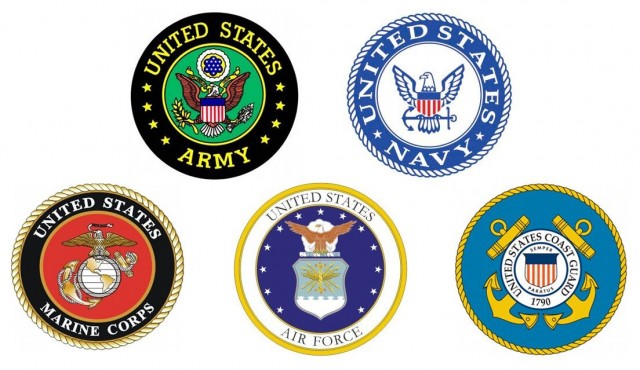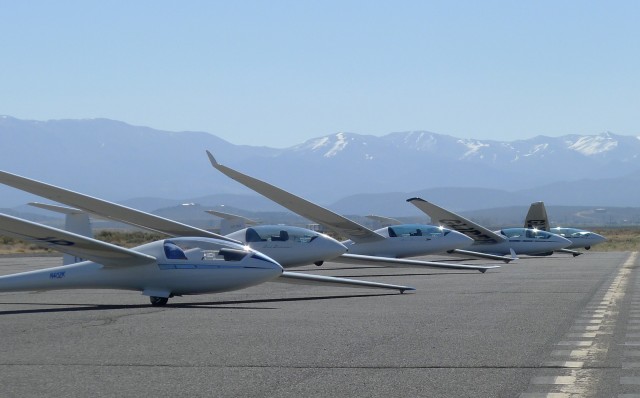
Soaring NV’s gliders at Minden-Tahoe Airport – the LS4, two Duo Discus, two ASK-21s
Photo: Soaring NV
I’ve been waiting for you!
I’m glad that you decided to come along with me for a flight in Soaring NV’s LS4 glider. I promised you a ride in Gone Gliding, Part One, didn’t I? Yes, the LS4 is just a single-seater, so we’ll use a ’œmind-meld’ for you to enjoy the flight. Let’s hop into a golf cart with Spencer, who’ll be our ground crew, and head over to the glider staging area near the threshold of Runway 30, here at Minden-Tahoe Airport (MEV).
While Spencer drives us over, he’ll be making radio calls on his handheld to update air and ground traffic with our progress along the taxiways and across the runways. MEV doesn’t have a control tower, and it’s important that we communicate as we go. So I’ll tell you what I’ve been up to, before you arrived.
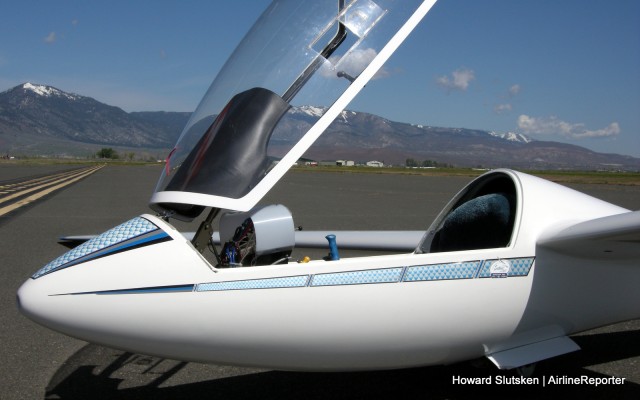
The LS4 waits for us in the staging area near the threshold of Runway 30. I only left the canopy up long enough to quickly take this photo on a no-wind day – a strong breeze could smack it down and damage it.
I’ve checked the weather, and had a good look at the soaring forecast. The National Oceanic and Atmospheric Administration (NOAA) publishes a daily forecast for the Reno area that gives glider pilots an idea of the lift, temperatures, and winds aloft for the day. It’s a beautiful afternoon in the Carson Valley, warm, with just a few puffy cumulus clouds out there around 14,000 feet above sea level (ASL). I’ve also talked with a couple of pilots who’ve just landed, and they told me that there’s some booming thermals just a couple of miles east of the airport. Great!
Spencer towed the glider over from the ramp earlier today, and I’ve done the pre-flight. That included a walk-around inspection and a full test of the flight controls and connections. I’ve also made sure that the oxygen cylinder in the glider is full, the battery is properly connected, and adjusted the seatback, because it can only be moved before you get in the cockpit. The seat bottom doesn’t move, but the rudder pedals are adjustable, and I’ve moved them into position. The last pilot must have been a lot taller than me. Spencer hooked up the GPS logger, which will keep track of our position, speeds, and altitudes of our flight. Once we’re back on the ground, we’ll transfer the data to a computer, and review the flight.
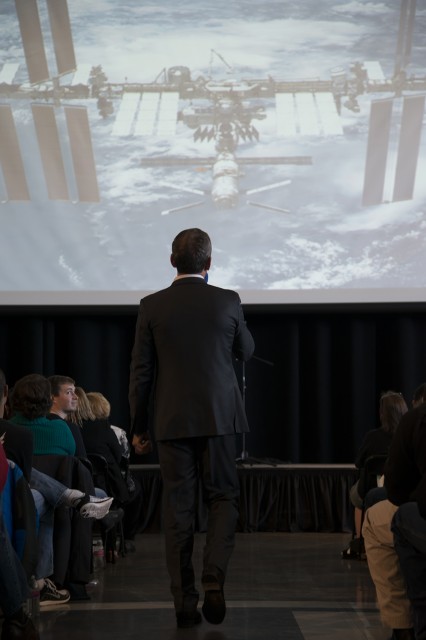
Col. Chris Hadfield describes life onboard the International Space Station to a packed house at the Future of Flight – Photo: Kris Hull
Colonel Chris Hadfield (RCAF ret.) is probably one of the most easily recognizable astronauts today. His popularity was spurred to rock star-like status in 2012 while he was training for his final spaceflight, a five-month stay on the International Space Station. Recently, Col. Hadfield made a stop in Everett, WA, to promote his newest book, You are Here ’“ Around the World in 92 Minutes, and AirlineReporter had a few minutes to sit down and talk with this amazing man about his missions, his infamous tweets, and his books.
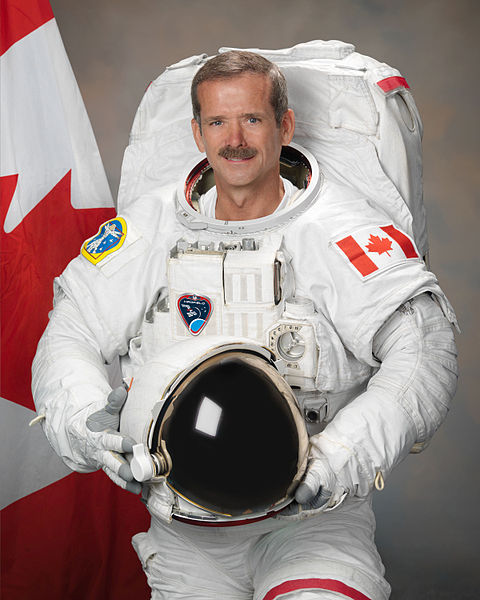
Chris Hadfield, Canada’s most famous astronaut! Photo: NASA
In the last fifteen to twenty years, no astronaut has risen to the popularity that Chris Hadfield has. As one of the few Canadian astronauts, he has had the honor of flying into space three times: twice on the Space Shuttle, and once on a Soyuz. On his last mission, he assumed command of the International Space Station, only the second non-American or Russian to hold that honor. He was the only Canadian to visit the Russian space station Mir and was the first Canadian to walk in space.
When asked about his two space walks, and what it was like to exit that hatch for the first time, he said “It’s very visually powerful. It is overwhelmingly visually powerful outside. You have the Earth going by underneath you at five miles a second, and all of the colors that exist, the textures, are just amazing. When you look the other way, it is the complete blackness of the universe going on forever. And you are in the middle of all of this, hanging onto a silver and white man-made structure, holding on with one hand. The onslaught coming in through your eyes is amazing. Your eyes is the only sense that tells you were you are. It is an overwhelming experience. When I go back and watch the video of the first time I exited the hatch, I can see that I just stopped for several seconds and just took it all in. We over use the words awesome and incredible, but walking in space is both of these things.”
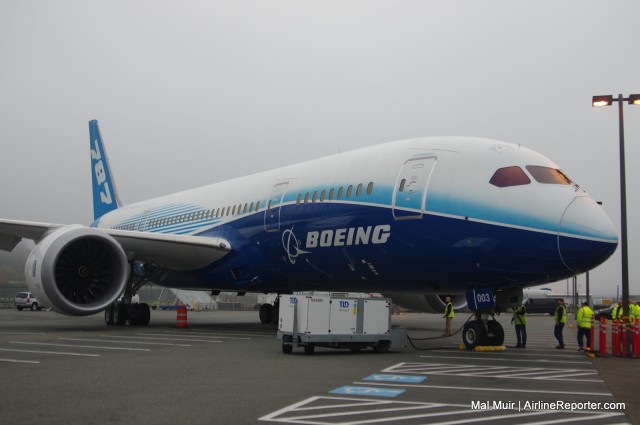
Boeing 787 Dreamliner number 3 (aka ZA003) at the Museum of Flight
Saturday, November 8th at the Museum of flight will forever be known as Dreamliner Day. This Seattle aviation museum is known for many examples of aircraft built in the Seattle area, such as the first 747, the prototype 737, and the only remaining Boeing 80A. But now the Museum has it’s own Boeing 787 Dreamliner, the first museum in the world to have such an aircraft.
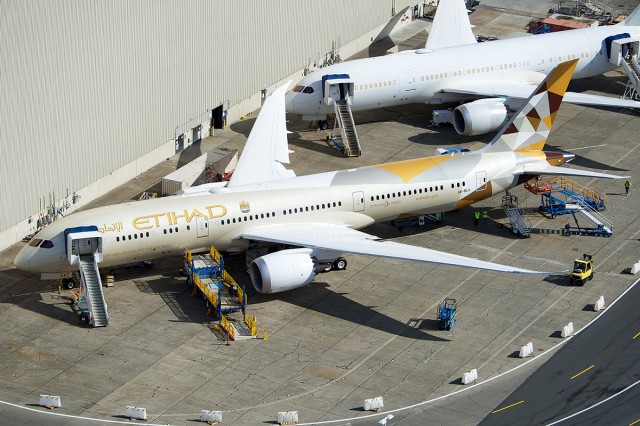
Aerial photo of Etihad Airways’ first 787-9 at Paine Field – Photo: Bernie Leighton
Here we have the fourth installment of showing off the beautiful Boeing 787 Dreamliner liveries that have been seen at Paine Field and around the world. There have now been 42 different liveries. Last update was from July 2013 and we have seen quite a few new ones since then.
Let me know in the comments: Which 787 livery is your favorite? Your least favorite?





